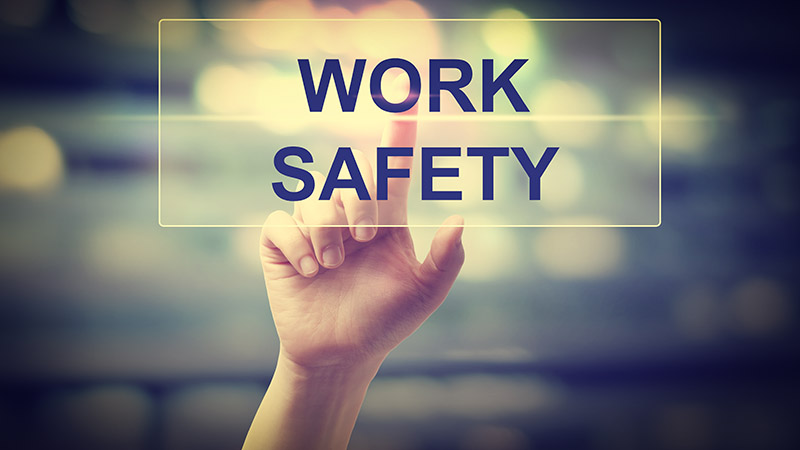
Many employers worry about compliance and want to ensure they do what it takes to keep regulators satisfied. ‘Compliance’ is a safety standard that meets the absolute minimum expected under the law—a starting point to make the workplace safe for employees. While compliance is necessary to meet legal obligations and avoid penalties, it does not elevate a company’s quality safety practices.
To be considered safe, employers should strive to go beyond compliance by implementing additional measures to motivate habitual safety practices. A proactive approach to safety creates a healthier and more productive work environment, reduces accidents and injuries, and improves overall employee well-being.
Here are a few ways to motivate habitual safety practices:
Ask the team — Follow up with employees’ safety recommendations and concerns. They are doing the work, and they often know best.
Complete incident and near-miss investigations — Look at claims and near-miss situations to ‘see’ where problems could be brewing. These occurrences make for excellent safety meeting topics.
Consistency in safety practice implementation — When everyone follows the same protocols without excusing safety with a ‘just this time because I’m in a hurry’ mentality, it becomes part of the culture and an expectation without skipping a beat!
Easy to access safety information — Make safety meetings and related training materials readily available for employee access.
Collect data to inform improvements and trends in the safety program.
Encourage workers to show care and concern for their co-workers.
Although employers often believe that their efforts to be within the OSHA guidelines will be enough to keep employees safe, compliance is only the beginning. Setting goals of higher quality safety practices can happen by making safety one of the company’s core values. Participating in the Washington Retail Association’s Ambassador Program is another way to help achieve that goal.
Our dedicated safety team is ready to assist members in improving their safety programs, moving beyond compliance toward quality safety practices. Contact us at [email protected] to learn more.





